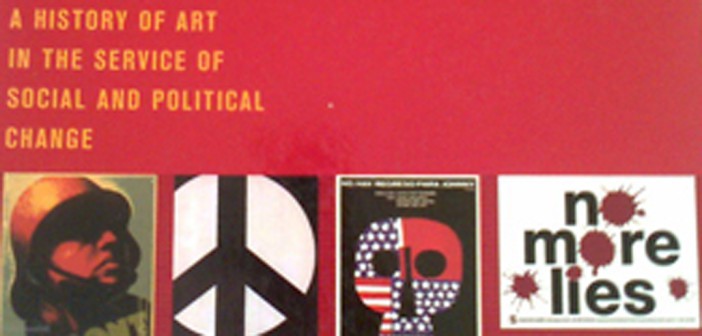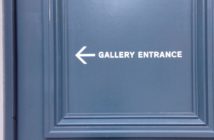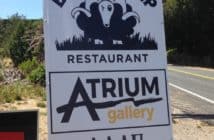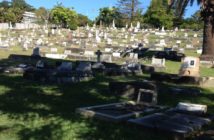Propaganda Prints
Colin Moore, A&C Black Publishers Ltd,London 2010
“of the 300 illustrations in here, 85 are attributed to unknown artists. This book is dedicated to them”
The book traces the development of image and propaganda from ancient times to the modern world and shows the power of propaganda and “cartooning”.
At Page 57, Image 34 is a 1754 woodcut image published by Benjamin Franklin. Simple black and white; a cut up snake and the words JOIN, or DIE. It’s promoting colonial unity and is a reference to “…the popular superstition of the time, that a snake which has been cut into pieces will come back to life if you put the pieces back together before sunset, it was the first-ever political cartoon published in an American newspaper…”
There are insights into issues such as slavery, revolution, oppression and war. There is the history of advertising posters from the Folies-Bergere to Image 80 at Page 100 from the Suffrage Atelier “What a woman may be, and yet not have the vote” Published in Britain in 1913. And there at Page 109, Image 99 is “Anibyniaeth sydd yn galw am ei dewraf dyn (Independence calls for the bravest of men”) A 1916 Welsh Recruitment Poster.
The examples are not confined to Europe – they are international. It’s tragic that the 1937 images of dead children “The Children of Madrid” Page 143, Image 148 reappear as Image 199 Q And babies? A. And babies? Created by the Art Workers Collection of the My Lai Massacre. For me they are more powerful than the reproduction of “Guernica, Spain” the iconic 1937 work of Pablo Picasso.
Images continue through contemporary history with an image of President Obama “…this stylised stencil portrait of presidential candidate Barack Obama came to epitomise his campaign. Endlessly copied, parodied and subverted in both style and content, it has become the first truly iconic piece of political graphics of this century.” Image 215,Page 192 Shepard Fairey, 2008
The second to last image 215. at Page 195 “Long Kesh concentration camp, Northern Ireland Civil Rights Association, 1971. “ Long Kesh was the main camp used to hold individuals suspected of belonging to illegal paramilitary groups. Involving, as it did, the incarceration of people without trial, internment was a highly contrversial policy…..”
The sub heading of this beautiful book is “A History of Art in the Service of Social and Political Change” . It is also a book that very clearly reminds me of our individual obligation to maintain all aspects of our democratic rights.





